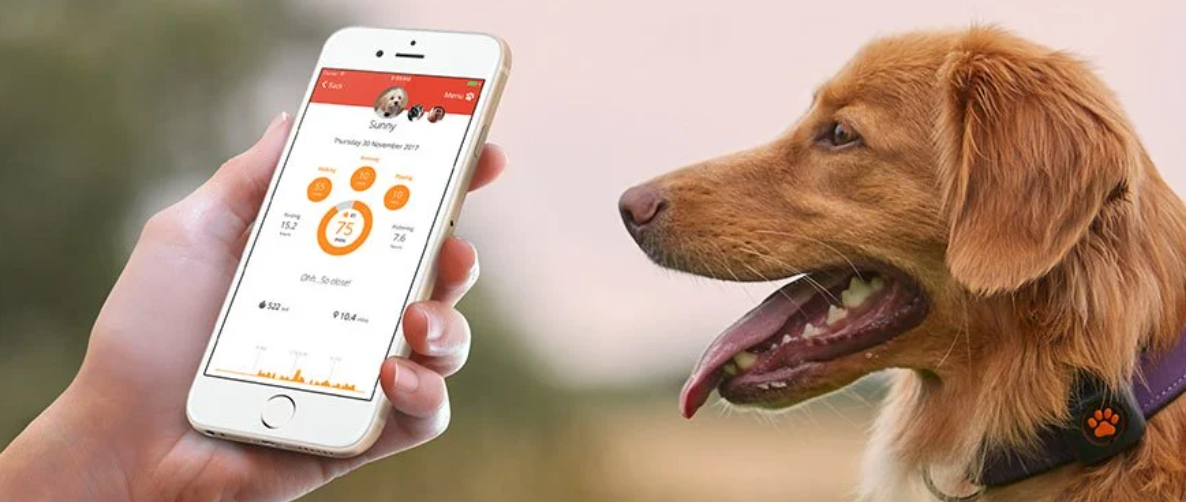Pet insurers are increasingly using innovative technology to help offer more competitive pricing for pet owners as well as tackling the problem of the rising cost of claims. Over the last ten years, the average insurance claim has gone up by 75%, according to the Association of British Insurers — in part because there is an increasing number of treatment options available for pets now.
It is not unheard of to have pets having multi-year cancer treatment or an MRI scan.
“It is not unheard of to have pets having multi-year cancer treatment or an MRI scan, which would not have happened a few years ago,” says Steven Mendel, chief executive of UK pet insurance company Bought by Many.
Yet dog and cat owners can still be reluctant to take out insurance at all. With multiple policies on offer, it can be easy to miss the exclusions and end up being saddled with costs far higher than anticipated. Take up of pet insurance also varies hugely across Europe, from around 50% of pets insured in Sweden to 6% in France and just 1% in Spain.
Insurers are hoping that tie-ups with innovative startups, from digital vets to pet trackers, will help persuade more pet owners that pet cover is worth it.
Tracking pet health
A recent tie-up between the insurance company, Pet Protect and the dog wellness brand, PitPat, for example, aims to reduce costs for both insurers and pet owners by promoting a healthier lifestyle. As part of their insurance policy, dog owners will automatically receive a PitPat activity monitor which track’s their dog’s exercise levels, rest and weight. In turn, insurers can use this information to determine what sort of policy cover the animal might need, tailored to their breed and some of the more common health problems associated with them.
Pet Protect says, by encouraging the owners to keep track of their dog’s exercise and diet, it will in turn support a much healthier lifestyle, and consequently, fewer claims. “We worked with them for six months beforehand to prove why a Pit-Pat would be valuable to their customers and to them as an insurance company,” says Andrew Nowell, CEO and co-founder of PitPat. “It’s the first time an insurer has gone from a trial to giving it to every single customer.”
Owners are more engaged - so it’s good for insurers.
“The average PitPat dog does 105 minutes per day which compares very favourably to the national average of 30 minutes,” says Nowell. “Owners are more engaged — so it’s good for insurers.” Obesity is a factor in one in three insurance claims so encouraging more exercise will help mitigate against this.
“We have a wealth of understanding of dogs,” he continues. “We want to start correlating cause and effect. We have billions of data points on dogs but we don’t have data showing cause and effect: for example, 'this behaviour leads to hip dysplasia'.” He says the more data they gather, they will be able to see the outcome and the prehistory — then match the two together. “When we spot patterns and trends, we can intervene — if you keep letting your dog do this it will increase their chances of XYZ.” They hope this will eventually inform the cost of the insurance policy.
Better data collection = more flexibility
Meanwhile, pet insurance (or insurtech) company Waggel is using technology for a more streamlined offering. It only offers one lifetime policy, covering your pet for new conditions across its lifetime. Billed as fully digital, your policy is managed through an app on your phone and you can track your claim in real time.
“We took the decision right from the beginning to build Waggel's system from scratch. What this means is that every aspect from conversions to claims is being monitored so that in the future we are able to provide exciting things such as flexible insurance that changes and adapts as your pet changes,” says founder Andrew Leal.

As a Waggel member, you can have a free video chat with a vet, behaviourist and/or nutritionist. “In the future we would like to start seeing if there is a health benefit of providing these sessions that could relate to a healthier pet and therefore a lower monthly premium,” says Leal.
Waggel have also explored wearables but say the technology is still not mature enough to be used for insurance. But, Leal says, technology does allow insurers to start testing how various other factors will impact pet health.
We will be able start testing things such as what impact different types of food has on a pet's health.
“We have now reached that maturity in our product whereby we will be able start testing things such as what impact different types of food has on a pet's health and if you check in regularly with a behaviourist and online vet does that reduce vet bills?” he says.
Another pet insurance company, Bought by Many, is also dubious about pet trackers. Mendel, says that the current generation of trackers can’t provide information that would be useful from an insurance point of view.
“The use cases are problematic. If the tracker is based on Bluetooth and your dog runs off the Bluetooth is useless. If it is GPS-based then it is very draining on the battery.”
“Knowing how much exercise your pet is getting is not as useful as just knowing, for example, the weight of your pet. The trackers can’t tell you how much food the pet is consuming,” he adds.
Digital vet partnerships are just the start
Bought by Many is instead concentrating on getting most of its customers online — more than now 80% file claims online — and using its new, fully-digitised contact system to collect more data about pet health and outcomes than was possible before. Like Waggel it is aiming to use these new insights to make insurance more flexible.
It has also partnered with First Vet, the digital vet service, and has offered customer more than online 30k consultations so far. Mendel is keen to go even further.
Eventually, we could move into online prescribing and fulfilling prescriptions so that the medication arrives on your doorstep.
“We are just scratching the surface of this. You could have much more integrated experience. Now if your pet needs medication you still need to go to a vet physically. But eventually, we could move into online prescribing and fulfilling prescriptions so that the medication arrives on your doorstep,” he says.
“Stop thinking of us as an insurance company and think of one that tries to make pets as healthy as possible. Then this would be the natural next step.”

